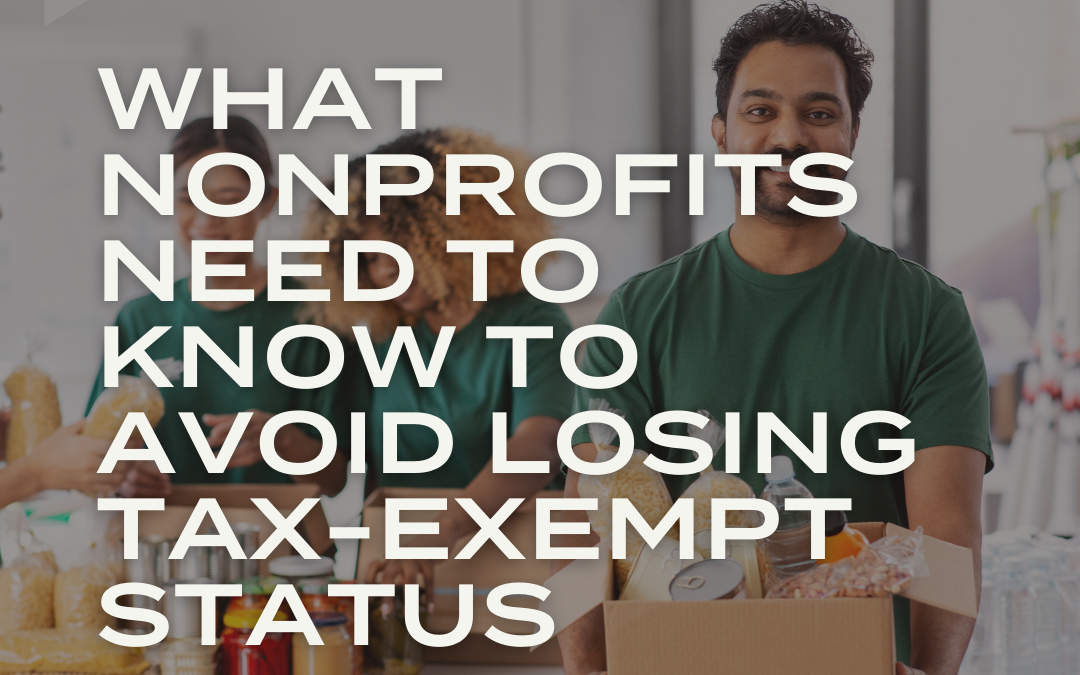Are you considering selling real property held for investment or used in your trade or business? You may be able to dispose of appreciated real property without being taxed on the gain by exchanging it through a “like-kind” or Section 1031 exchange rather than selling it outright.
A like-kind exchange is a swap of real property held for investment or for productive use in your trade or business for like-kind investment real property or business real property. For these purposes, “like-kind” is very broadly defined, and most real property is considered to be like-kind with other real property. However, neither the relinquished property nor the replacement property can be real property held primarily for sale. If you’re unsure whether your property is eligible for a like-kind exchange, contact us to discuss the matter.
Here’s How the Tax Rules Work
If it’s a straight asset-for-asset exchange, you won’t have to recognize any gain from the exchange. You’ll take the same “basis” (your cost for tax purposes) in the replacement property that you had in the relinquished property. Even if you don’t have to recognize any gain on the exchange, you still have to report the transaction on a form that is attached to your tax return.
However, the properties usually aren’t equal in value, so some cash or other (non-like-kind) property is thrown into the deal. This cash or other property is known as “boot.” Keep in mind that amounts typically part of real estate transactions such as property tax pro-rations or tenant security deposits are treated as cash boot received or paid, depending what side of the transaction they are on. If boot is involved, you may have to recognize a gain, but only up to the net amount of boot you receive in the exchange. In these situations, the basis you get in the like-kind replacement property you receive is equal to the basis you had in the relinquished property you gave up reduced by the amount of boot you received but increased by the amount of any gain recognized.
Here’s an Example
Let’s say you exchange land (investment property) with a basis of $100,000 for a building (investment property) valued at $120,000 plus $15,000 in cash. Your realized gain on the exchange is $35,000: You received $135,000 in value for an asset with a basis of $100,000. However, since it’s a like-kind exchange, you only have to recognize $15,000 of your gain: the amount of cash (boot) you received. Your basis in the new building (the replacement property) will be $100,000, which is your original basis in the relinquished property you gave up ($100,000) plus the $15,000 gain recognized, minus the $15,000 boot received.
No matter how much boot is received, you’ll never recognize more than your actual (“realized”) gain on the exchange.
If the property you’re exchanging is subject to debt from which you’re being relieved, the amount of the debt is treated as boot. The theory is that if someone takes over your debt, it’s equivalent to them giving you cash. If the replacement property is also subject to debt, then you’re only treated as receiving boot to the extent of your “net debt relief” (the amount by which the debt you become free of exceeds the debt you pick up).
Like-kind exchanges can be complex but they can be a good tax-deferred way to dispose of investment or trade or business assets. Give us a call to answer any additional questions you have or assist with the transaction.





